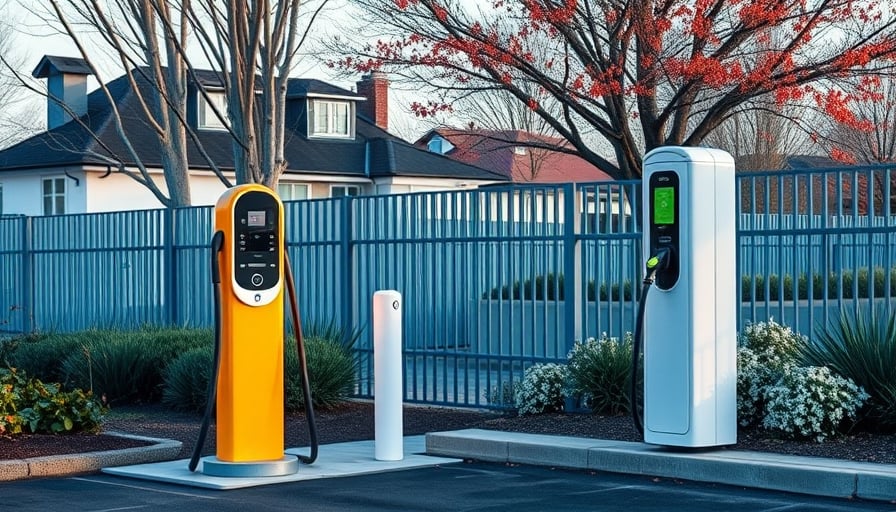Executive Compensation and Governance in the Face of a One‑Trillion‑Dollar Incentive
Background
Tesla, Inc. is convening a shareholder meeting to vote on a proposed executive compensation package for CEO Elon Musk. The package—valued at roughly $1 trillion—would be the most expensive incentive plan in corporate history. It has drawn a mixed response from financial analysts, institutional investors, and regulatory experts. While some view the package as a strategic tool to align Musk’s incentives with long‑term shareholder value, others warn of potential agency conflicts and liquidity constraints.
Market Context
- Tesla’s Valuation: As of the latest quarter, Tesla’s market capitalization exceeds $800 billion, with a trailing 12‑month price‑earnings ratio above 200. A $1 trillion incentive would represent more than 125% of current market cap.
- Capital Structure: The company has issued substantial amounts of convertible debt and has a sizable cash‑equivalent reserve. However, the proposed plan would consume a large portion of free cash flow, potentially limiting future capital expenditures or dividend distributions.
- Comparative Analysis: Among Fortune 500 firms, the largest approved executive compensation package in 2023 was $78 million for a CEO of a $120 billion company. Tesla’s proposal is an order of magnitude higher, raising questions about the precedent it sets.
Regulatory Landscape
- SEC Disclosure Requirements: The Securities and Exchange Commission requires detailed disclosure of compensation plans under Regulation Fair Disclosure. Tesla’s filing must clearly articulate how the incentive aligns with shareholder interests, risk metrics, and performance benchmarks.
- Sustainability of Incentive Structure: Recent SEC guidance emphasizes that executive compensation should not undermine financial stability. A plan of this magnitude would need to demonstrate mechanisms to mitigate systemic risk, such as caps on payout ratios or contingent vesting tied to multi‑year performance thresholds.
- Global Considerations: Tesla operates in multiple jurisdictions. The International Corporate Governance Network (ICGN) has expressed concerns that such a large incentive could conflict with anti‑tax avoidance rules in the United Kingdom and the European Union.
Competitive Dynamics
- Industry Peer Benchmarking: Tesla’s main competitors—NIO, Lucid Motors, and traditional automakers entering the EV space—offer total compensation packages ranging from $50 million to $150 million for their CEOs. The proposed package would create a significant talent attraction advantage, yet it also sets a high expectation for performance.
- Talent Retention vs. Market Discipline: While a $1 trillion incentive could lock Musk in, it may also discourage other high‑performing executives from joining, fearing over‑reliance on a single individual’s success to unlock their compensation.
Investor Sentiment and Potential Outcomes
- Optimistic View: Proponents argue that Musk’s track record of delivering high growth and innovation justifies a high‑stakes incentive. They posit that aligning his financial interests with long‑term shareholder returns could spur further acceleration of product launches and profitability.
- Risk‑Averse View: Critics highlight the risk of over‑optimistic performance projections, especially in the volatile EV market. A failure to meet the high benchmarks could erode investor confidence, trigger a stock sell‑off, and invite activist shareholder intervention.
- Voting Dynamics: Institutional investors, including pension funds and sovereign wealth funds, are likely to scrutinize the plan’s structure closely. Their voting power could decisively influence the outcome, especially if a minority of large shareholders oppose the proposal.
Financial Implications
- Cash Flow Impact: If approved, Tesla would need to allocate up to $300 billion annually over a 10‑year vesting period to meet the incentive’s milestones. This would reduce the company’s free cash flow by approximately 15% of current levels.
- Balance Sheet Effects: The payout structure could increase leverage if financed through additional debt. A higher debt ratio would raise the cost of capital and potentially lower the company’s credit rating.
- Share Price Sensitivity: Historical data shows a 7–10% decline in stock price within the first quarter after approving large incentive plans. However, if the plan drives accelerated growth, the upside could offset the initial dip.
Conclusion
The proposed $1 trillion incentive package for Elon Musk is an unprecedented move that sits at the intersection of executive compensation, corporate governance, and market dynamics. While it offers the potential to align Musk’s interests closely with Tesla’s long‑term success, the plan also exposes the company to significant financial, regulatory, and reputational risks. Stakeholders will be watching closely, and the outcome of the shareholder vote could set a new benchmark for executive incentive structures across the industry.
